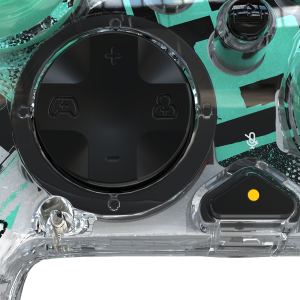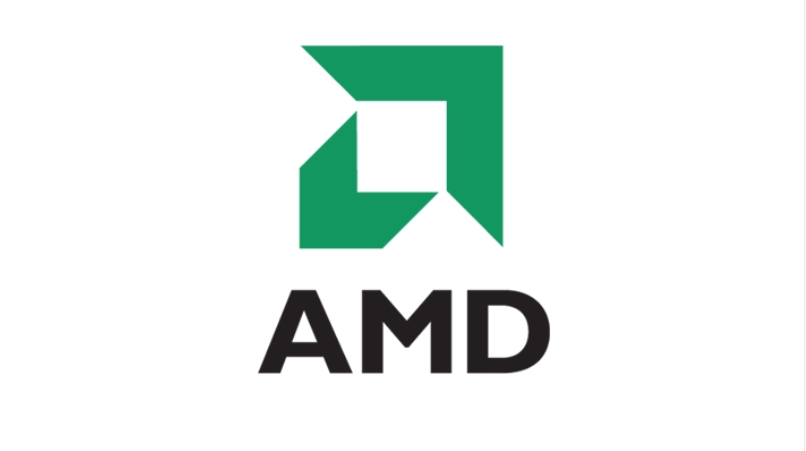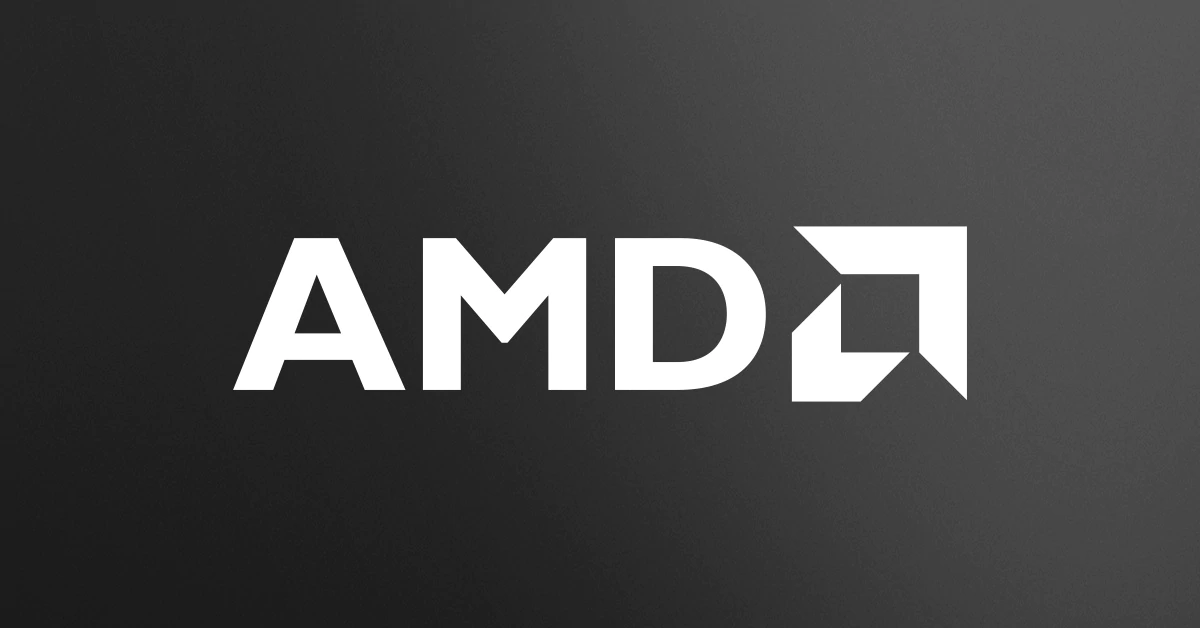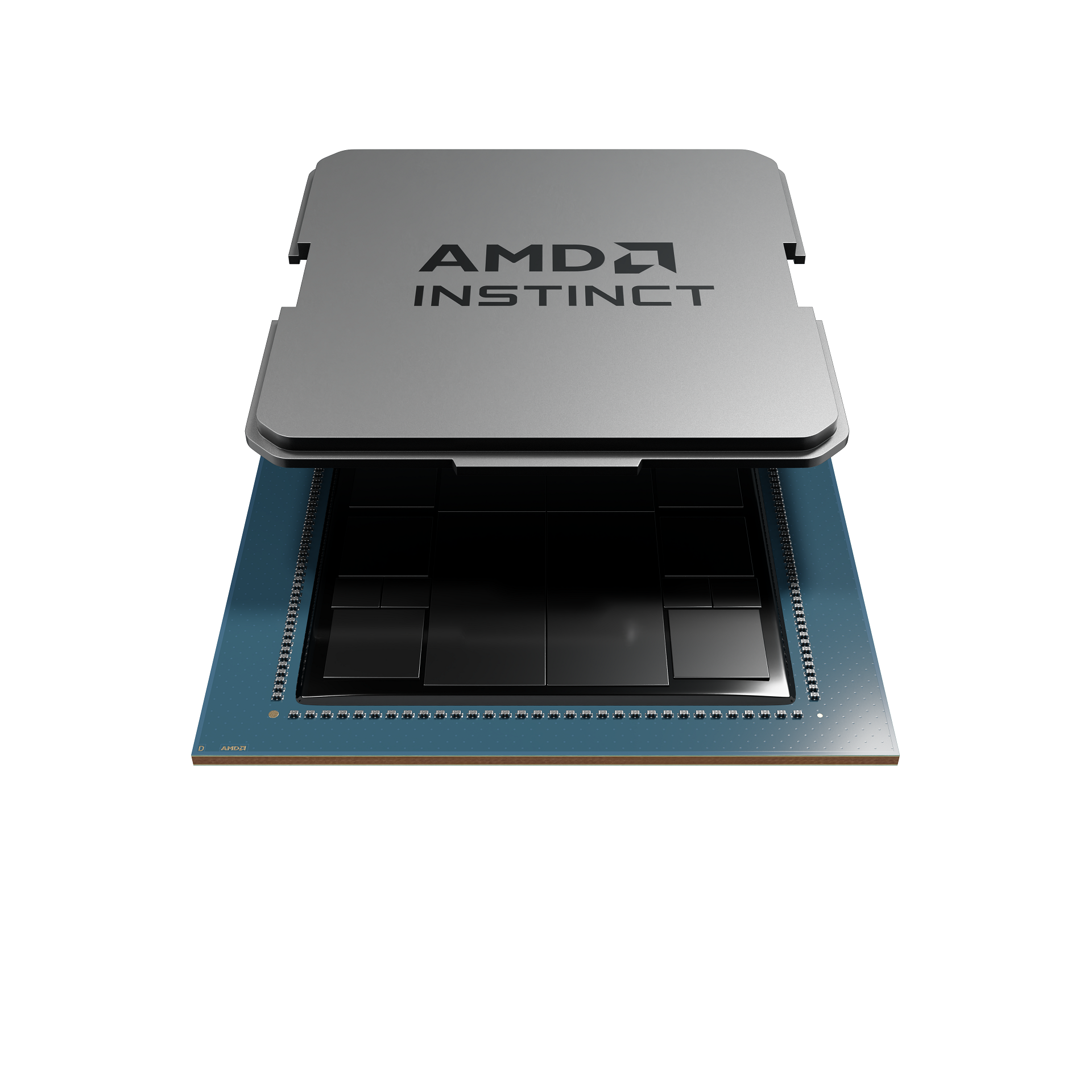Im Zuge der SC16 in Salt Lake City hat AMD heute eine neue Version der Radeon Open Compute Platform (ROCm) angekündigt, welche erweiterten Support für Radeon Hardware, neue Software-Bibliotheken und eine Vielzahl moderner Programmiersprachen bietet. Ziel dieser Neuerungen ist die Beschleunigung von leistungstarken und energieeffizienten Systemen sowie heterogener Rechenumgebungen.
Des weiteren hat AMD angekündigt, Support für OpenCL™ und auch eine Vielzahl von Prozessoren mit zukünftigen Versionen von ROCm zu unterstützen – unter anderem auch AMD’s kommende „Zen“ CPU-Generation, Cavium ThunderX Prozessoren und IBM’s Power 8 CPUs. Damit wird ROCm eine noch vieseitigere Plattform im Bereich des GPU Computings.
Englisch:
SALT LAKE CITY— Nov. 14, 2016 — At SC16, AMD (NASDAQ: AMD) today announced a new release of Radeon Open Compute Platform (ROCm) featuring software support of new Radeon GPU hardware, new math libraries, and a rich foundation of modern programming languages, designed to speed development of high-performance, energy-efficient heterogeneous computing systems. AMD also announced planned support of OpenCL™ and for a wide range of CPUs in upcoming releases of ROCm, including support for AMD’s upcoming “Zen”-based CPUs, Cavium ThunderX CPUs, and IBM Power 8 CPUs. The advances further cement ROCm’s position as the most versatile open source platform for GPU computing.
“Radeon Open Compute is a platform for a new era of GPU problem-solving, designed to harness the power of open source software to unlock new solutions for HPC and hyperscale computing,” said Raja Koduri, senior vice president and chief architect, Radeon Technologies Group, AMD. “Today’s release of ROCm gives developers consummate flexibility in where and how they use GPU compute. We’re excited to show off some of these incredible applications at SC16.”
“An open source approach to heterogeneous computing can help bring the benefits of high-performance computing directly to developers, providing the flexibility for them to use available compute resources and extract the best possible performance from their available hardware,” said Denise Dumas, vice president, Platform Engineering, Red Hat. “As a leader in helping to nurture and maintain open source communities, we are pleased to see that AMD has elected to take a community-focused approach to ROCm.”
“The combination of AMD’s GPU support of ThunderX® along with the breadth of features of the ROCm software release is a valuable addition to Cavium’s overall solution for the HPC and Hyperscale server market,” said Larry Wikelius, Vice President of the Software Ecosystem and Solutions Group at Cavium, Inc. “Today’s announcement by AMD is an excellent complement to the innovative features of ThunderX® that include 48 ARMv8 cores, integrated I/O and dual socket configuration support that our customers and partners are deploying today in these markets”
The new release of ROCm introduces a wide range of updates, including:
· Expanded GPU support – ROCm now supports all Polaris architecture-based graphics products, including the Radeon™ RX 460, 470 and 480 graphics cards, and the Radeon™ Pro WX 7100, 5100 and 4100 GPUs, growing the rich portfolio of devices supported by ROCm devices. The Polaris architecture is specifically designed to benefit low-level programming, helping developers to extract the most from the hardware.
· ROCm Virtualization of the GPU hardware via OS Containers and Linux®’s Kernel Virtual Machine (KVM) – ROCm now supports Docker containerization, allowing end-users to simplify the deployment of an application in ROCm-enabled Linux server environments. ROCm also supports GPU Hardware Virtualization via KVM pass-through to allow the benefits of hardware-accelerated GPU computing in virtualized solutions.
· Heterogeneous Compute Compiler (HCC) – HCC is a single source ISO C++ 11/14 compiler for both CPU and GPU, with support for the C++17 “Parallel Standard Template Library”. It is built on a rich compiler infrastructure including LLVM-based GCN ISA code generation with assembler and disassembler support.
· Heterogeneous-Compute Interface for Portability (HIP) – HIP enables developers to port CUDA applications to ROCm using HIPIFY which automates the conversion to the HIP kernel language and runtime API, creating portable applications that can run on virtually any GPU using either NVIDIA’s CUDA Compiler or HCC.
· New Math Acceleration Libraries – ROCm introduces support for new advanced math acceleration libraries with support for BLAS, FFT and N-dimensional tensor contractions.
In addition to today’s release of ROCm, AMD also announced that it is working to expand the ROCm ecosystem through increased server CPU support, and planned support of OpenCL. Upcoming releases of ROCm are expected to support AMD “Zen”-based x86 CPUs, ARM AArch64 CPU architecture starting with Cavium ThunderX processors, as well as IBM Power 8 CPUs and servers to meet customers’ growing hyperscale and HPC needs. OpenCL is being built on a ROCm runtime and compiler foundation which give much greater low-level control of the GPU via its direct-to-metal access.
The new version of Radeon Open Compute is available now at https://github.com/RadeonOpenCompute/ROCm.
Demonstrations at SC16
At SC16 in booth 1431, AMD will showcase:
· ROCm Technology Cluster running Machine Learning Code on Supermicro® servers
· Porting the CUDA application Caffe via HIP Porting Tool
· Ray-tracing and VR visualization for HPC with AMD FirePro™ S9300 X2 & Radeon™ R9 Nano GPUs
· OpenMP 4.5 Interoperability targeting multiple GPUs & platforms
· IBM Power8 server with AMD FirePro™ S9170 Server GPU running ROCm
· Penguin Computing Tundra™ Extreme ARMv8 ThunderX based server with Radeon™ RX 460 running ROCm
· In-situ rendering with Headless OpenGL/EGL Interop OpenCL on ROCm










